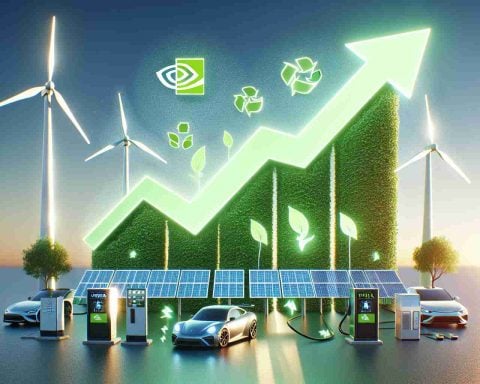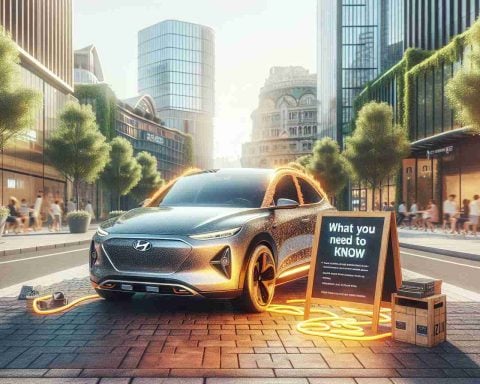- Global electric vehicle sales increased by 24% in 2024, highlighting the sector’s growth.
- Battery safety is paramount despite lower EV fire rates compared to combustion vehicles.
- The market for fire protection materials is expected to expand by 15% annually through 2035.
- In 2024, prismatic cells make up 58% of batteries, necessitating specific fire protection strategies for each cell type.
- Effective temperature management methods are essential to prevent battery incidents.
- Innovative materials like aerogels and intumescent polymers are gaining prominence in fire resistance.
- Investing in advanced fire protection is critical for a safe transition to electric vehicles.
The electric vehicle (EV) revolution is charging forward at full speed, with global sales soaring by a staggering 24% in 2024. As EVs become a dominant force on the roads, the importance of battery safety has never been clearer. Although data shows that EV fires occur less frequently than their combustion counterparts, the need for robust fire protection remains critical.
A recent report by market intelligence experts reveals a booming market for fire protection materials, projected to grow at a remarkable 15% annually through 2035. The report highlights the significance of battery cell design, noting that in 2024, 58% of batteries utilized prismatic cells, while cylindrical and pouch cells followed close behind. Each cell type requires tailored fire protection strategies to ensure safety from overheating and potential failures.
Managing battery temperatures is key to preventing incidents. Popular techniques include the use of cold plates filled with coolant and innovative heat-spreading materials that absorb excess heat. Moreover, the choice of fire-resistant materials—currently dominated by encapsulating foams and mica—is about to shift as new contenders like aerogels and intumescent polymers start to take center stage.
As the EV landscape evolves, understanding these safety dynamics is crucial for manufacturers and consumers alike. The takeaway? As more drivers embrace electric vehicles, investing in advanced fire protection is not just wise—it’s necessary for a safe, sustainable future on the road. Stay tuned for more insights into the evolving world of electric vehicle safety!
Electric Vehicles: The Charge for Safety and Innovation
The electric vehicle (EV) market is booming, and along with its growth, the need for advanced safety measures, particularly regarding battery fire protection, is becoming increasingly essential. As sales are projected to reach unprecedented levels, it is vital to stay informed about the emerging trends and innovations in battery safety.
Key Insights into Battery Safety and Fire Protection
1. Market Growth for Fire Protection Materials: The market for fire protection materials is expected to grow at an impressive rate of 15% annually through 2035. This growth emphasizes the increasing recognition of fire safety in the EV industry.
2. Battery Cell Design Trends: A significant share of batteries in 2024—58%—utilizes prismatic cell designs. This trend signifies a need for specialized fire protection methods tailored to the individual characteristics of each cell type.
3. Innovative Solutions for Temperature Management: Effective management of battery temperatures is crucial in preventing thermal incidents. Current methods like cold plates and innovative heat-spreading materials are complemented by emerging options such as aerogels and intumescent polymers, which show potential for better safety outcomes.
Important Questions on EV Battery Safety
1. What new materials are anticipated to improve EV fire safety?
The future of fire safety in electric vehicles looks bright with the introduction of aerogels and intumescent polymers. These materials are being researched for their superior thermal insulating properties and fire-resistant capabilities, which could provide enhanced safety for EV batteries.
2. How does the battery cell type influence fire protection strategies?
Different types of battery cells—prismatic, cylindrical, and pouch—have unique thermal and electrical characteristics that require specific fire protection strategies. For instance, prismatic cells, which are more prevalent in newer EV models, may require more sophisticated encapsulation techniques to mitigate risks effectively.
3. What are the long-term effects of improved battery safety on the EV market?
As safety measures advance, consumer confidence in electric vehicles is expected to rise, potentially leading to increased adoption rates. With a safer product, manufacturers may experience fewer liability issues and decreased product recalls, positively impacting their overall market standing.
For further insights and advancements in the electric vehicle landscape, explore more at Electric Vehicles News.


















